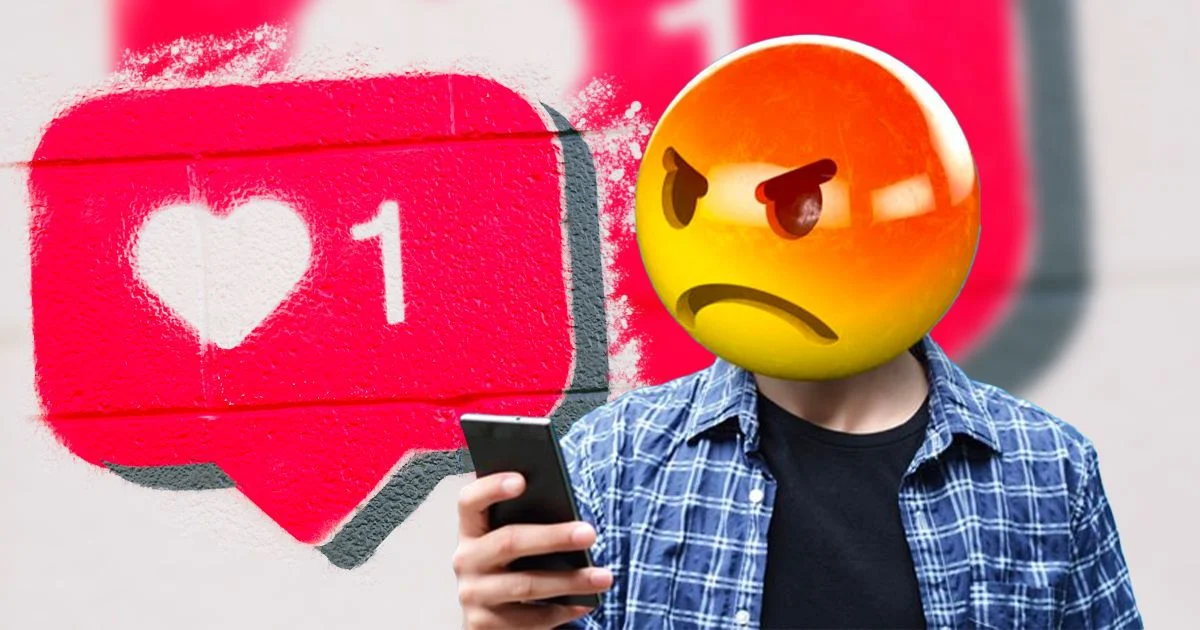Social media has become the main arena for communication among millions of people around the world. But what was meant to unite us often divides us. Aggressive statements, trolling, and polarization fill our feeds more often than examples of support or compassion. Why do negative emotions spread so quickly in the digital space? Baltimore Chronicle explores the psychological, algorithmic, and social reasons behind this phenomenon.
The Psychology of Emotional Contagion: Why Negativity Spreads Faster
Aggression is a powerful emotion that directly influences how we process information. People respond to threats or provocations faster than to requests or support, which is a result of evolutionary adaptation.
Key Psychological Mechanisms:
- Evolutionary Advantage: Survival depended on quick reactions to threats, so aggressive signals instantly grab attention.
- Negativity Bias: We remember negative events more vividly than positive ones.
- Contrast-Based Attention: Anger and shock stand out better against the background of informational noise.
Users who see an aggressive post often emotionally react or share it without analyzing the content. Empathetic messages, on the other hand, require time to process, so they don’t go viral as quickly.
Algorithms That Amplify Aggression
Social networks like Facebook, Instagram, or X (formerly Twitter) use algorithms that prioritize content triggering strong reactions. More often than not, these are anger, outrage, or shock.
How the Algorithm Works:
- Measures engagement (likes, comments, shares)
- Promotes content with the highest metrics into other users’ feeds
- Amplifies posts that cause the most emotional resonance
This creates a kind of “digital echo chamber” effect, where the most aggressive content spreads like wildfire.
Comparison of Emotional Engagement by Content Type
| Type of Content | Average Engagement Level | Likelihood of Sharing | Algorithmic Boost |
|---|---|---|---|
| Aggressive Post | High | High | Maximum |
| Informative Content | Medium | Medium | Partial |
| Empathetic Message | Low to Medium | Low | Minimal |
Social Dynamics: Group Aggression and Polarization
In online environments, people are more likely to form groups based on shared interests or beliefs. If a negative mood arises within a group, it quickly turns into collective aggression.
Polarization Effects:
- People tend to support content that confirms their beliefs
- Opposing opinions are perceived as personal attacks
- “Comment wars” begin — aggression escalates
These processes are often amplified by anonymity or pseudo-anonymity, when users don’t fear responsibility for their words. Empathy, by contrast, requires personal involvement and openness — a rare phenomenon in the public online space.
The Role of Media and Influencers in Shaping Emotional Climate
Bloggers, media outlets, and influencers largely shape the emotional tone on social media. And they often amplify negativity either consciously or subconsciously.
Reasons Why:
- An aggressive headline gets more views
- Scandals go viral
- Conflict helps attract new audiences
Meanwhile, content based on empathy or support is less likely to become popular. To “sell” a positive story, a creative approach is required, whereas aggression needs no special effort — conflict alone is enough.
How to Reduce Aggression on Social Media?
Although digital environments favor aggression, there are practical strategies that can help make online spaces safer.
Recommendations:
- Content Moderation: Automatic filtering of hate speech
- Algorithmic Limits: Reducing the visibility of overly emotional posts
- Educational Campaigns: Promoting digital ethics and empathy
- Personal Responsibility: Conscious consumption and sharing of information
Each user can help reshape the informational environment by avoiding toxic posts and choosing content with social value.
Earlier we wrote about what is cyberlynching and why is it dangerous in 2025.

